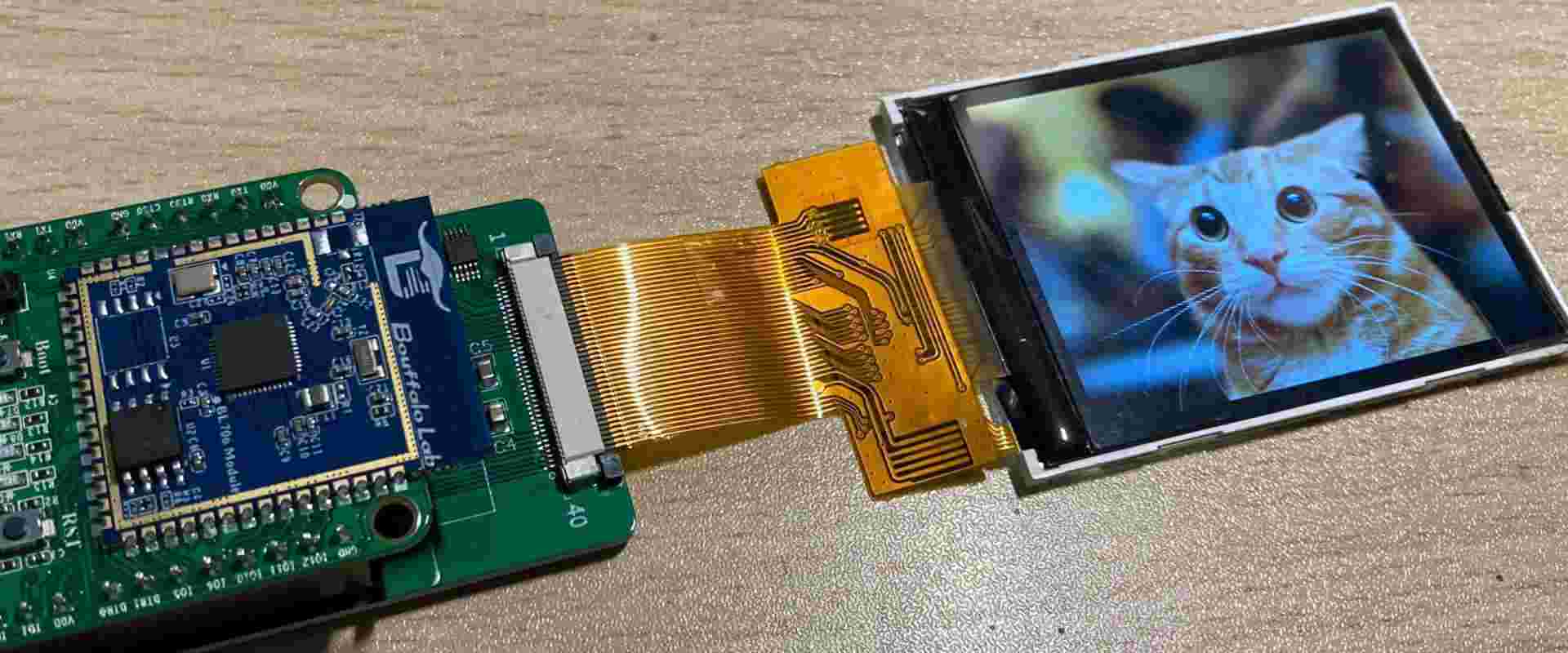
ALL ABOUT FLEX PCB
-
Flexible Circuit Assembly: A Complete Guide
Posted by
–
 Read more: Flexible Circuit Assembly: A Complete Guide
Read more: Flexible Circuit Assembly: A Complete GuideIntroduction to Flex Circuits A flexible circuit, also known as a flex circuit or flexible printed circuit board (PCB), is a technology used to assemble electronic circuits by mounting electronic devices on flexible plastic substrates. Flex circuits can be designed with folded portions and three-dimensional configurations, allowing them to fit […]
-
Rigid Flex PCB Price: A Complete Guide for 2023
Posted by
–
 Read more: Rigid Flex PCB Price: A Complete Guide for 2023
Read more: Rigid Flex PCB Price: A Complete Guide for 2023Rigid flex PCBs, also known as flex-rigid PCBs or rigid flex circuits, are printed circuit boards that contain both rigid and flexible substrates laminated together into a single structure. They provide design flexibility and reliability in a small footprint, making them ideal for many modern electronic devices. As rigid flex […]
-
 Read more: Getting A Flexible PCB Quote: How To Save Money And Get The Best Deal
Read more: Getting A Flexible PCB Quote: How To Save Money And Get The Best DealFlexible printed circuit boards (flex PCBs) are essential components in many modern electronics. As flexible circuits become more complex, getting an accurate flex PCB quote is crucial to keep costs under control. This guide will walk you through the key factors in determining flex PCB pricing so you can find […]
-
The Advantages of Kapton Flex Circuits
Posted by
–
 Read more: The Advantages of Kapton Flex Circuits
Read more: The Advantages of Kapton Flex CircuitsIntroduction to Kapton Flex Circuits A flex circuit, also known as a flexible printed circuit board (PCB), is a circuit pattern etched or printed on a flexible base material. The most common base material used for flex circuits is a polyimide film called Kapton. Kapton flex circuits provide several advantages […]
-
 Read more: Flexible LED PCBs: An Innovative Solution for Modern Lighting Needs
Read more: Flexible LED PCBs: An Innovative Solution for Modern Lighting NeedsIntroduction Flexible printed circuit boards (PCBs) with LEDs are gaining popularity for their versatile applications in modern lighting solutions. Flexible LED PCBs provide several advantages over traditional rigid boards and enable innovative lighting designs not previously possible. This article will provide an in-depth look at flexible LED PCB technology, their […]
-
 Read more: The Complete Guide to Rigid Flexible Printed Circuit Boards (FPCBs)
Read more: The Complete Guide to Rigid Flexible Printed Circuit Boards (FPCBs)What are Rigid Flexible PCBs? A rigid flexible printed circuit board (rigid flex PCB or flex-rigid PCB) is a hybrid printed circuit board (PCB) that consists of rigid and flexible substrates laminated together. The rigid sections provide mechanical support while the flexible sections allow dynamic flexing, bending or folding of […]
-
 Read more: Polyimide Flex Circuits: An Overview of Design and Manufacturing
Read more: Polyimide Flex Circuits: An Overview of Design and ManufacturingIntroduction Polyimide flex circuits, also known as flexible printed circuits (FPCs), are made using the polymer polyimide as the base substrate material. Polyimide is prized for its thermal stability, chemical resistance, and mechanical toughness. These properties make polyimide ideal for flex circuit applications where flexibility, durability, and reliability are critical. […]
-
 Read more: Rigid-flexible Printed Circuit Boards Enable Innovation and Miniaturization
Read more: Rigid-flexible Printed Circuit Boards Enable Innovation and MiniaturizationOver the past few decades, electronics have become smaller, lighter, and more portable. Simultaneously, they are packing in more features and capabilities. This trend towards miniaturization and higher functionality is enabled by advances in semiconductor packaging, assembly techniques, and printed circuit board (PCB) technology. One key PCB technology innovation has […]
-
 Read more: Double Sided Flex PCBs: Design, Manufacturing and Applications
Read more: Double Sided Flex PCBs: Design, Manufacturing and ApplicationsIntroduction A printed circuit board (PCB) serves as the foundation for electronics that require the mounting and interconnection of components. Flexible PCBs provide the ability to bend and flex the board during use, opening up possibilities for flexible and wearable electronics. Double sided flex PCBs take this a step further […]
-
 Read more: Flexible Aluminum PCBs: A Revolutionary Circuit Board Technology
Read more: Flexible Aluminum PCBs: A Revolutionary Circuit Board TechnologyIntroduction to Flexible Aluminum PCBs Printed circuit boards (PCBs) are the backbone of modern electronics. Traditional PCBs use rigid insulating substrates like FR-4 fiberglass to provide mechanical support for copper traces. However, emerging flexible circuit board technologies are enabling smaller, lighter, and more robust electronic devices. One such innovation is […]




